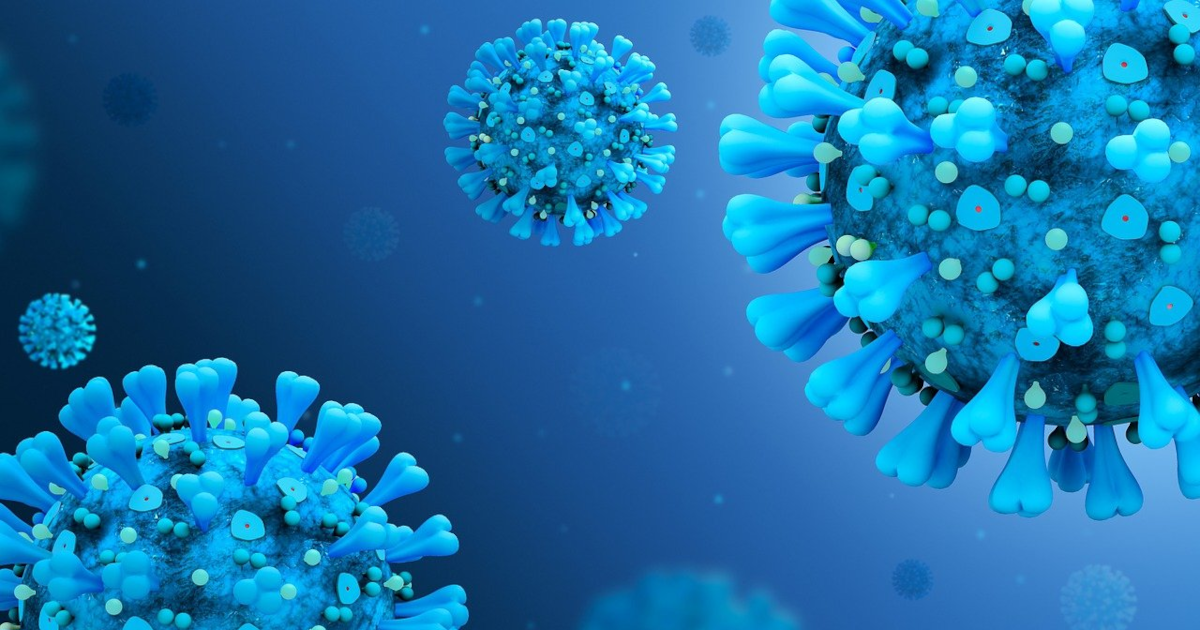
Gain-of-Function Research Can’t Deliver Pandemic Predictions. Are There Alternatives?
Many virologists endorse so-called gain-of-function experiments which they claim enable predictions about future pandemics and pro-active preventive drug and vaccine development. If ever released, these novel pathogens could spark a human pandemic. The pandemic potential of these viruses was no accident, it was the desired end game.
April 1, 2023 | Source: Bulletin of the Atomic Scientists | by Simon Wain-Hobson
Science is about fathoming how the natural world works and dreaming up machines, drugs, and vaccines that make life on the planet a little easier. Understanding and imagination allow scientists to make predictions, which then need to be confirmed through experiment. Yet in dynamic situations that involve multiple variables, as in biology, this can be extraordinarily difficult. As Yogi Berra famously said: “It’s tough to make predictions, especially about the future.”
Many virologists endorse so-called gain-of-function experiments which they claim enable predictions about future pandemics and pro-active preventive drug and vaccine development. This research gained notoriety in 2011 when two groups adapted avian influenza viruses so that they could transmit efficiently through the air between ferrets. If ever released, these novel pathogens could spark a human pandemic. The pandemic potential of these viruses was no accident, it was the desired end game.
Such experiments can pinpoint mutations that can affect pathogen characteristics, yet there is no guarantee that the next pandemic virus will follow any of the genetic roadmaps gain-of-function research has mapped out.
